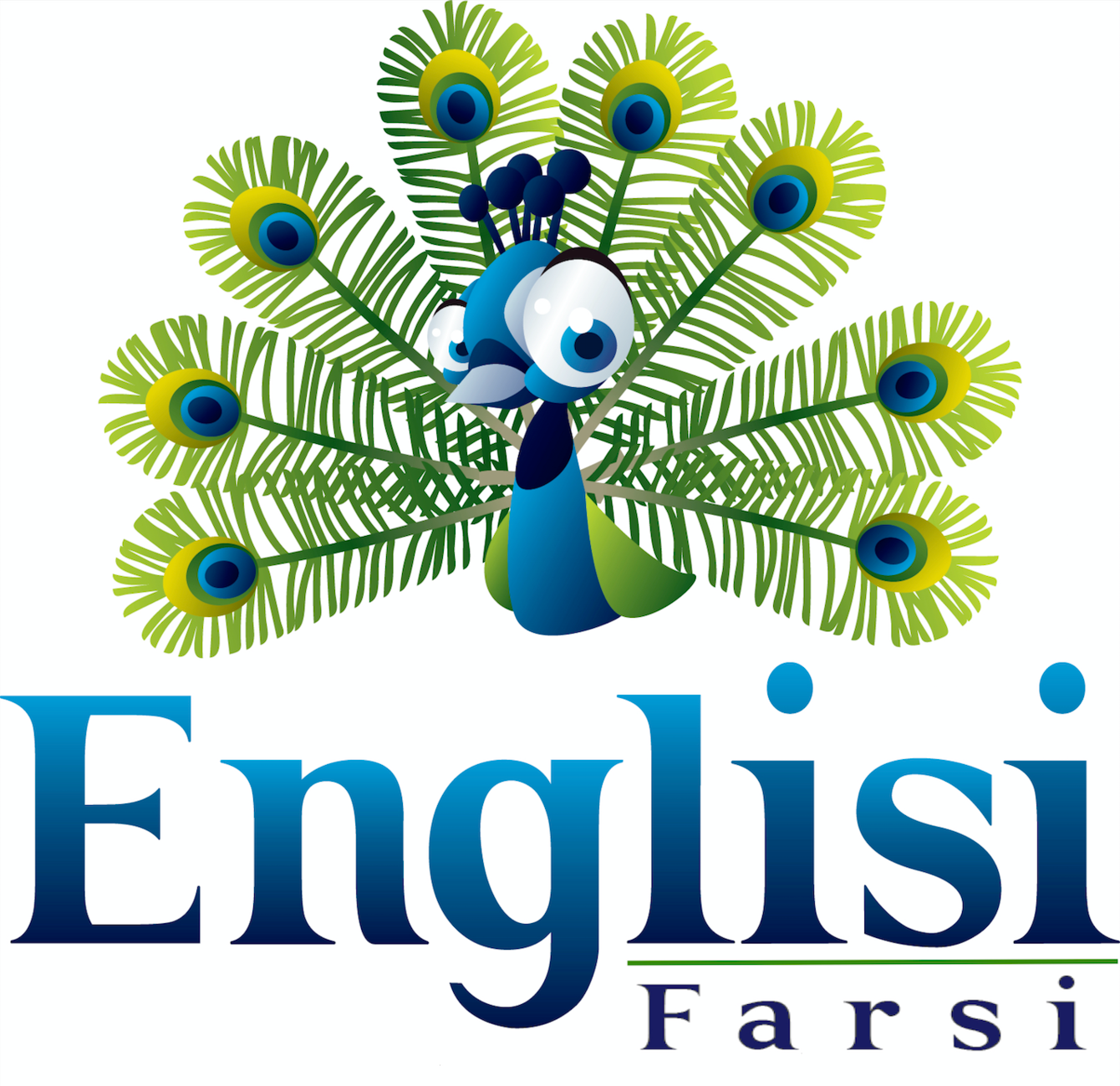Persian Games Bázíhá 🎲
Persian Games
Children love playing and learning the vocabulary to help make sense of the world around them. You can do this very easily in Persian. The easiest and simplest ways to introduce your child to learning Persian via simultaneous acquisition).

Games have long been an integral part of cultures worldwide, and Persian games are no exception. With their unique blend of strategy, skill, and tradition, Persian games offer a glimpse into the vibrant heritage of Iran. In this blog post, we'll embark on a journey to explore three iconic Persian games: chess, takhteh nard, and hopscotch. From the intellectual challenge of chess to the cultural significance of takhteh nard and the playful nature of hopscotch, these games have delighted people of all ages for centuries.
-
Chess: Chess, known as "شطرنج" (shatranj) in Persian, is a game of strategic brilliance and intellectual depth. Originating in ancient Persia, chess has become a beloved pastime around the world. It involves two players, each controlling a set of intricately designed pieces, aiming to outmaneuver and checkmate their opponent's king. Chess fosters critical thinking, problem-solving skills, and the ability to anticipate and plan several moves ahead. It is a game that transcends boundaries and has been cherished for its intellectual challenge and cultural significance.
-
Takhteh Nard: Takhteh Nard, or Persian backgammon, holds a special place in Iranian culture. The name translates to "wooden board," representing the traditional playing surface. Takhteh Nard is a two-player game that combines strategy, luck, and skill. Players use dice to move their pieces around the board, aiming to bear them off before their opponent. Beyond the competitive aspect, takhteh nard is a social game that brings people together, fostering conversation, camaraderie, and the sharing of stories. Its presence at gatherings and tea houses is a testament to its cultural significance.
-
Hopscotch: Hopscotch, known as "پرشی بازی" (parshi bazi) in Persian, is a delightful outdoor game enjoyed by children and adults alike. It involves drawing a series of numbered squares on the ground and hopping through them, following a set pattern. Hopscotch not only promotes physical activity but also develops balance, coordination, and agility. It encourages social interaction, as players take turns and cheer each other on. With its simplicity and joyful nature, hopscotch has been cherished in Persian culture as a playful and nostalgic game.
Preserving Traditions: Chess, takhteh nard, and hopscotch stand as cultural treasures, reflecting the ingenuity, values, and social fabric of Persian society. They represent more than mere entertainment; they serve as a link to the past, connecting generations and preserving traditions. By engaging in these games, we honor our cultural heritage and pass on the joy and knowledge to future generations.
Conclusion: Persian games like chess, takhteh nard, and hopscotch capture the essence of Iran's cultural identity. They combine strategic thinking, social bonding, and physical activity in unique and delightful ways. Whether you're engaged in the intellectual challenge of chess, the social dynamics of takhteh nard, or the playful hops of hopscotch, these Persian games offer enjoyment, foster connections, and celebrate the beauty of Persian culture. So, embrace the charm of these games, gather your friends and family, and embark on a journey of intellectual stimulation, camaraderie, and cherished memories.
Music is the greatest tool for memorisation.



















